
|
June 17, 2016
I put forward a scale model of a galaxy system — a Galaxy Walk. The real system scaled down is the Virgo cluster of galaxies, from the Milky Way, located in its periphery, to its center, approximately where sits the giant elliptical galaxy M87. The “Virgo Galaxy Walk” serves as a motivation for an informal approach to extragalactic astronomy, as already happens with respect to solar system astronomy through planet walks that exist in many places.
Inspired on these models specially on Sagan Planet Walk (see Soares 2015a, 2015b), from which I borrow the terminology of “station” for the walk stops, and on the “Flight to the Virgo cluster” of the Canadian astronomer R. Brent Tully (Tully 2003) I put forward the “Virgo Galaxy Walk” (hereafter referred to as VGW). VGW is a scaled model of the Virgo cluster from its periphery, where the Local Group of galaxies sits, and therein the Milky Way galaxy, to the cluster center represented by the fabulous giant elliptical galaxy Messier 87, also known as NGC 4486 and radio source Virgo A, the most powerful source of radio waves of the Virgo cluster.
In the same way as solar planetary walks represent our planetary home, the VGW represents our extragalactic home, that is, the home of the galaxy group where our Milky Way is. The VGW becomes, therefore, an excellent tool for engaging people with the realm of extragalactic astronomical objects.
Next section presents the VGW 11 stations, images and features of the galaxies and of the Virgo cluster. The final section concludes with some additional remarks.
The Local Group of galaxies and the Virgo cluster are part of a larger agglomeration called “Local Supercluster” or “Laniakea Supercluster”. Laniakea is a Hawaiian term that means “immeasurable heaven” coined by the above-mentioned R. Brent Tully who is at the University of Hawaii (Tully et al. 2014; watch also the illustrative video that accompanies the article).
The VGW begins at the Milky Way (Soares 2008) and ends in the center of the Virgo cluster at M87 (Soares 2009). It is constituted of 11 stations, each one of them represented by one galaxy, 5 of them in the Local Group and 6 in the Virgo cluster. The Local Group galaxies were chosen by their obvious prominence, i.e., they are the best known in the Group. The Virgo galaxies were chosen, with the exception of M87 in the center, in such a way to span across a variety of distances more or less uniformly spread between the Local Group and M87. The Walk is shown on Table I and on figure 1. The Walk exemplified here has 4 km, which corresponds to a scale in extension of 54×106 light-year/4 km = 130 billions of billions to 1 (cf. data of station 11).
| Station | Galaxy |
Distancea from Milky Way (light-year) |
Distanceb in scale (metre) |
|---|---|---|---|
| 1 | Milky Way | — | — |
| 2 | LMCc | 0,16×106 (904) | 12 |
| 3 | SMCd | 0,20×106 (518) | 15 |
| 4 | Andromeda (M31) | 2,6×106 (325) | 190 |
| 5 | Triangulum (M33) | 2,9×106 (119) | 210 |
| 6 | IC 3718 | 22×106 (1) | 1,600 |
| 7 | NGC 4488 | 26×106 (1) | 1,900 |
| 8 | NGC 4064 | 33×106 (14) | 2,400 |
| 9 | NGC 4438 | 44×106 (5) | 3,200 |
| 10 | M49 | 52×106 (63) | 3,800 |
| 11 | M87 | 54×106 (103) | 4,000 |

|
The distances retrieved from NED are average values of measurements unrelated to the galaxy redshifts, i.e., they represent the actual distances to the objects. Distances obtained from applying Hubble's law to redshifts are not physical distances because redshifts are contaminated by galaxies peculiar motions, both in the Virgo cluster and in the Local Group. The methods used for distance determinations are of various kinds and use different physical properties. Some of these methods are mentioned here only for illustration purposes; they are: method of brightest stars, of Cepheid variables, of the color-magnitude diagram, of the luminosity function of globular clusters, of nova stars, of the tip of the red giant branch, of Tully-Fisher, of Faber-Jackson, etc. The reader interested in more details about these methods can easily find them in the specialized scientific literature (some of them were used, for example, in obtaining the 103 distance measurements of M87 that are catalogued in NED — see ned.ipac.caltech.edu/cgi-bin/nDistance?name=M87).
Figure 2 shows a map with the 600 brightest galaxies of Virgo cluster prepared by Powell (2006). The 6 galaxies that are part of the Walk are marked and may be confronted with the data of Table I.
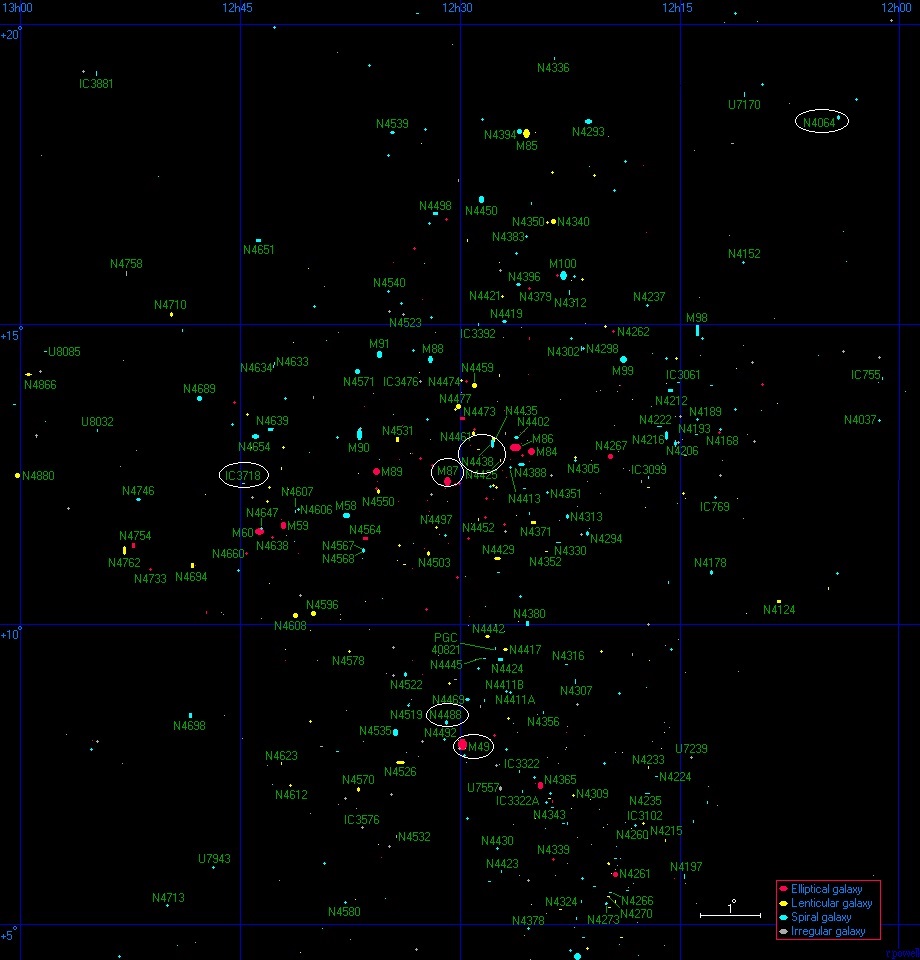 |
Figures 3 through 8 show the 11 galaxies that belong to the VGW. A short note about each of them appears in the figure labels.
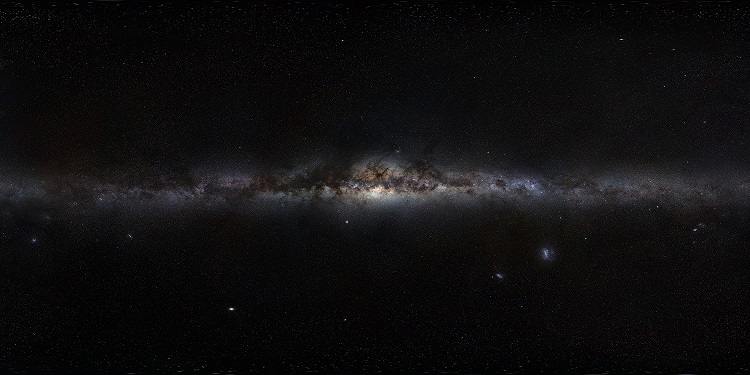
|
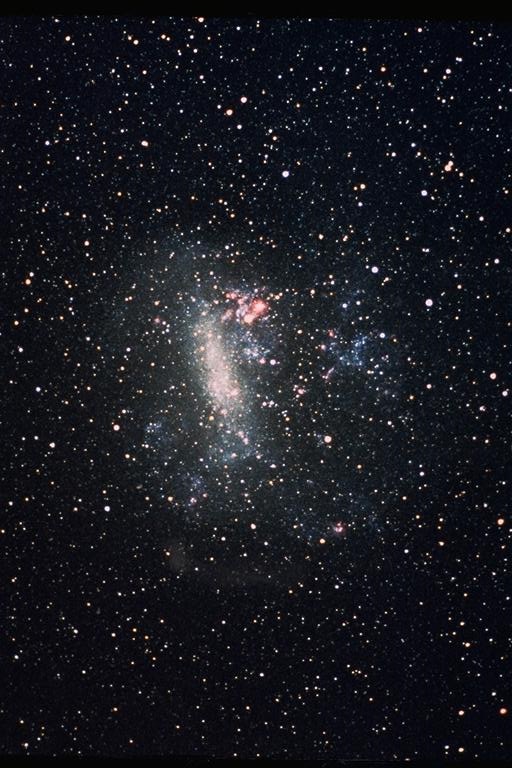
|
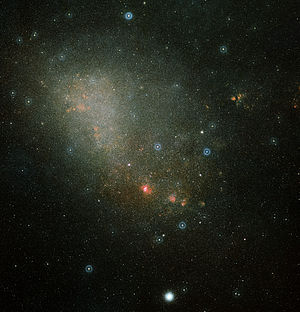
|
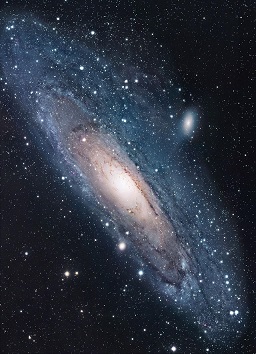
|
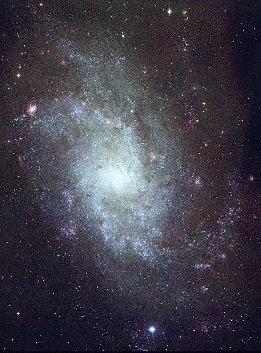
|
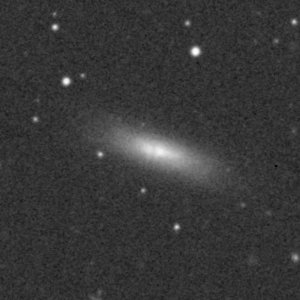
|
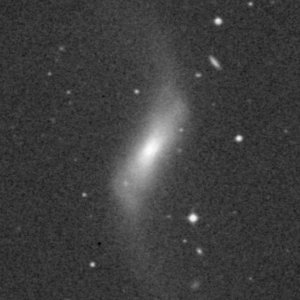
|
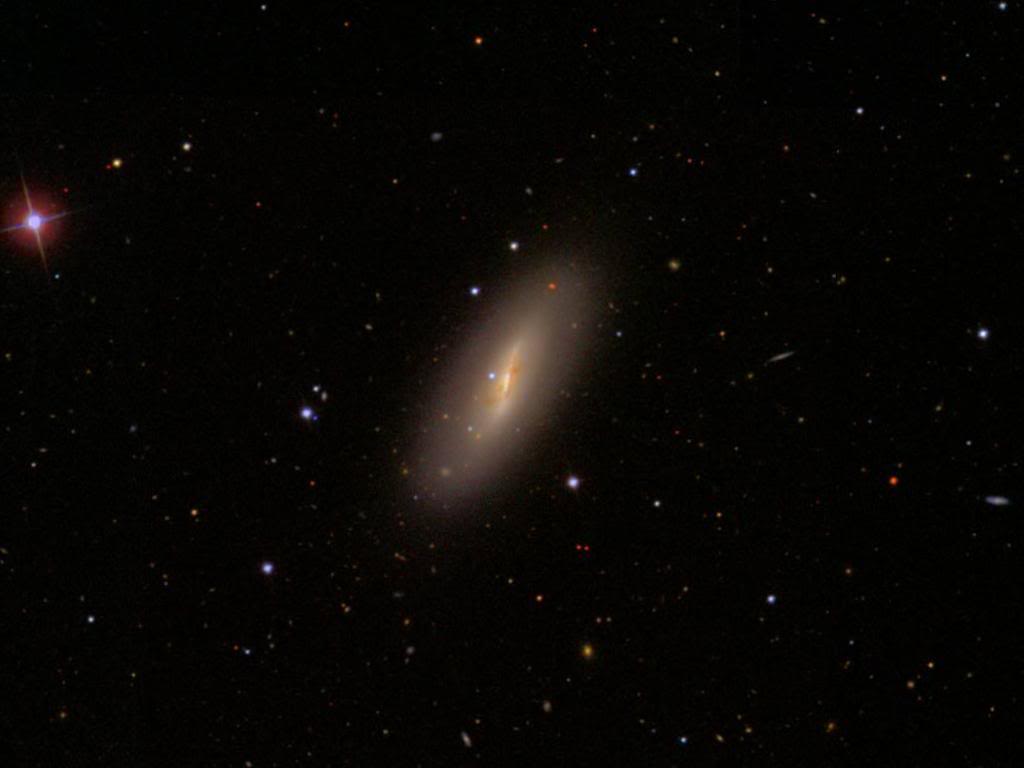
|
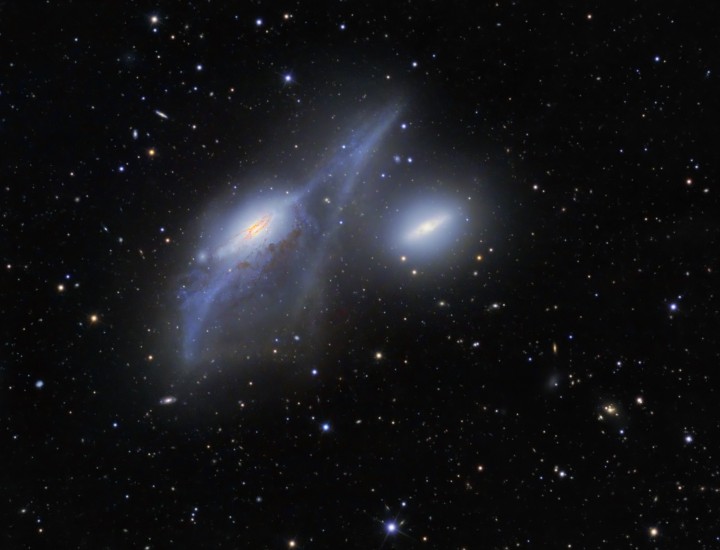
|
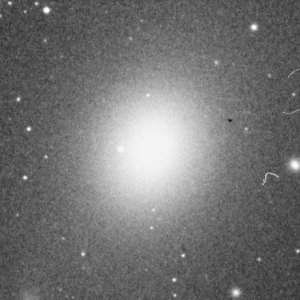
|
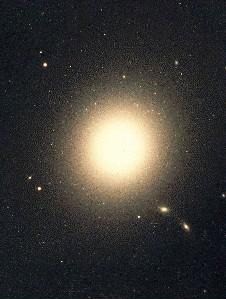
|
Two galaxies, IC 3718 (station 6) and NGC 4488 (station 7), have only one measurement of distance (cf. Table I). New measurements are needed to confirm their positions in the VGW. This fact must be taken into account in the construction of the Walk, considering the possibility of future relocation of those stations.
R. Powell, The Virgo Cluster (www.atlasoftheuniverse.com/galgrps/vir.html, 2006).
D. Soares, Microcosmology: Sun (www.fisica.ufmg.br/~dsoares/extn/mclg/mclg-sun.htm, 2015a).
D. Soares, Carl Sagan, the praise of scepticism (www.fisica.ufmg.br/~dsoares/sagan/sagan-e.htm, 2015b).
D. Soares, The Local Group of galaxies in The Realm of the Galaxies (www.researchgate.net/publication/350411425, pp. 51-56, 2021a).
D. Soares, Appearances deceive: the giant elliptical galaxy M87 in The Realm of the Galaxies (www.researchgate.net/publication/350411425, pp. 81-86, 2021b).
D. Soares, The Magellanic Clouds, two satellite galaxies of the Milky Way in The Realm of the Galaxies (www.researchgate.net/publication/350411425, pp. 7-12, 2021c).
R. B. Tully, H. Courtois, Y. Hoffman, D. Pomarède, The Laniakea supercluster of galaxies, Nature, 513 (7516), 71 (2014; também em arxiv.org/abs/1409.0880; ver video ilustrativo em irfu.cea.fr/laniakea).
R. B. Tully, Flight to the Virgo cluster (www.ifa.hawaii.edu/~tully/outreach/movie.html, 2003).
Acknowledgements – Figure 1 was made in one of the computers of the Kapteyn
Astronomical Institute, Groningen, The Netherlands, under the auspices of Prof. Reynier Peletier.
This research has made use of the NASA/IPAC Extragalactic
Database (NED) which is operated by the Jet Propulsion Laboratory, California Institute
of Technology, under contract with the National Aeronautics and Space Administration.